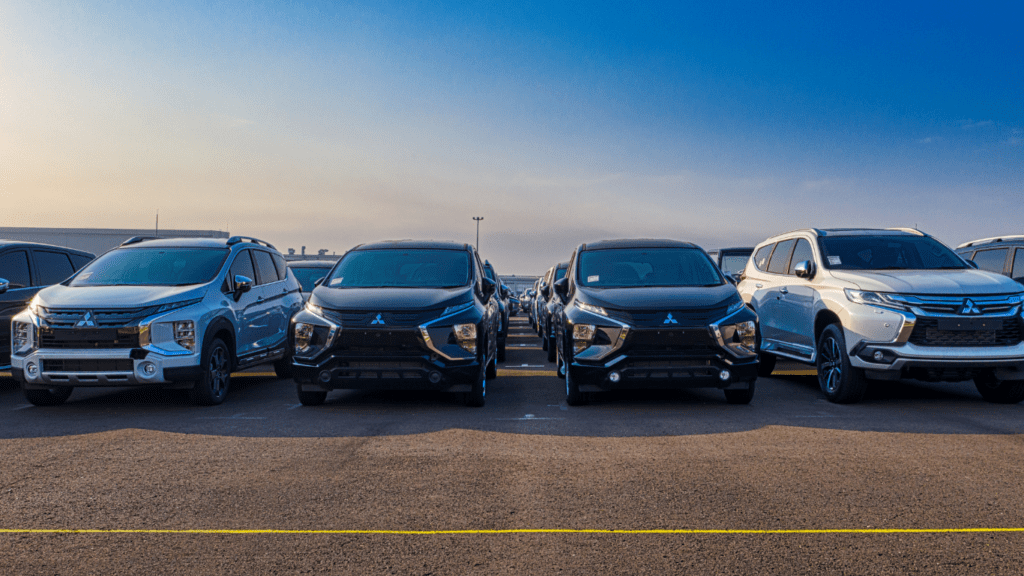Overview of Sustainability in the Automotive Industry
The automotive industry increasingly prioritizes sustainability. Automakers are implementing innovative strategies to minimize environmental impact.
Shifts in Manufacturing Processes
Automakers integrate advanced technologies to reduce waste. Robotics and AI enable precision in manufacturing, thereby cutting down on material usage.
Companies like Tesla employ battery recycling systems to reclaim valuable minerals. Water usage is reduced through closed-loop systems, and renewable energy sources power many factories.
By adopting lean manufacturing techniques, firms enhance efficiency and lower emissions.
Adoption of Sustainable Materials
Eco-friendly materials are revolutionizing car production. Recycled plastics, plant-based composites, and biodegradable materials are becoming standard.
BMW uses kenaf, a hemp-like plant, for door panels due to its lightweight and durable properties. Recycled aluminum and steel reduce the need for virgin resources, minimizing mining impacts.
Seat fabrics now often include recycled fibers and organic cotton, further lowering environmental footprints.
Technological Innovations Driving Change
Innovations in technology are reshaping the automotive industry, pushing it towards greater sustainability. These advancements focus on several key areas that collectively contribute to reducing environmental impact.
Electric Vehicles and Battery Technology
Electric vehicles (EVs) are at the forefront of the industry’s sustainable transformation.
Companies like Tesla and Nissan lead with models such as the Tesla Model 3 and the Nissan Leaf, featuring extended range and efficiency. Battery technology plays a critical role here.
Lithium-ion batteries have become the standard, offering higher energy density and longer life cycles. Researchers are now exploring solid-state batteries that promise even better performance with reduced charging times.
EV charging infrastructure is also expanding. Public charging stations have doubled in number over the past five years in major markets like North America and Europe.
Private sectors and governments are collaborating to enhance this network, making EVs more accessible to a wider population.
Advancements in Fuel Efficiency
- Improving fuel efficiency remains a priority even as EV adoption grows.
- Hybrid vehicles such as the Toyota Prius combine an internal combustion engine with electric propulsion, achieving better mileage and lower emissions.
- Advanced engine technologies, including turbocharging and direct fuel injection, have made combustion engines more efficient.
- Aerodynamics significantly impact fuel efficiency.
- Automakers are designing sleeker vehicle shapes to reduce drag.
- Lightweight materials like carbon fiber and high-strength steel are replacing heavier components, further improving fuel economy.
- Ford’s F-150 uses military-grade aluminum alloy, shaving off 700 pounds compared to previous models, which enhances efficiency and performance.
These initiatives demonstrate the industry’s commitment to sustainability, leveraging technological innovations to reduce environmental impact while meeting consumer demands for performance and reliability.
Strategies for Reducing Environmental Impact

The automotive industry embraces numerous strategies to mitigate environmental effects. Each approach targets specific areas, ensuring comprehensive sustainability efforts.
Emission Reduction Initiatives
Automakers implement advanced emission control technologies. Catalytic converters, for example, reduce harmful gases in exhaust emissions.
Companies also invest in developing low-emission vehicles (LEVs) and zero-emission vehicles (ZEVs). Toyota’s hybrid systems combine electric motors and internal combustion engines, cutting fuel consumption and emissions.
Electric vehicles (EVs) from manufacturers like Tesla produce no tailpipe emissions, marking a significant step towards cleaner air.
Recycling and Upcycling Practices
Recycling and upcycling are central to sustainable automotive manufacturing. Many manufacturers recycle metals like:
- aluminum
- steel
reducing the need for new raw materials.
BMW uses recycled plastics in its interior components. Upcycling transforms waste materials into new products, exemplified by Ford using recycled tires in vehicle components.
Additionally, battery recycling programs have emerged, reclaiming precious metals from used EV batteries to minimize environmental impact.
Global Regulatory Influences on Sustainability
Regulatory influences play a crucial role in the automotive industry’s sustainability efforts. Various regions have implemented specific guidelines to foster environmentally friendly practices and reduce carbon footprints.
European Union Regulations
The European Union (EU) has stringent regulations to promote sustainability in the automotive sector. The EU’s European Green Deal aims to make Europe climate-neutral by 2050.
Part of this deal includes the CO2 emission standards for cars and vans which require average emission reductions of 37.5% for new cars and 31% for new vans by 2030, compared to 2021 levels.
Another key initiative is the Battery Directive, enforcing stringent recycling and disposal protocols for automotive batteries.
North American Policies
In North America, the automotive industry faces different sustainability mandates. The U.S. has the Corporate Average Fuel Economy (CAFE) standards to improve the average fuel economy of cars and trucks.
These standards require automakers to achieve a fleet-wide average of 54.5 miles per gallon by 2025.
Canada complements this with its Passenger Automobile and Light Truck Greenhouse Gas Emission Regulations mandating incremental reductions in CO2 emissions up to 2025.
Additionally, California’s Zero-Emission Vehicle (ZEV) Program demands higher sales of ZEVs, pushing forward the adoption of electric and hydrogen-fueled vehicles.

